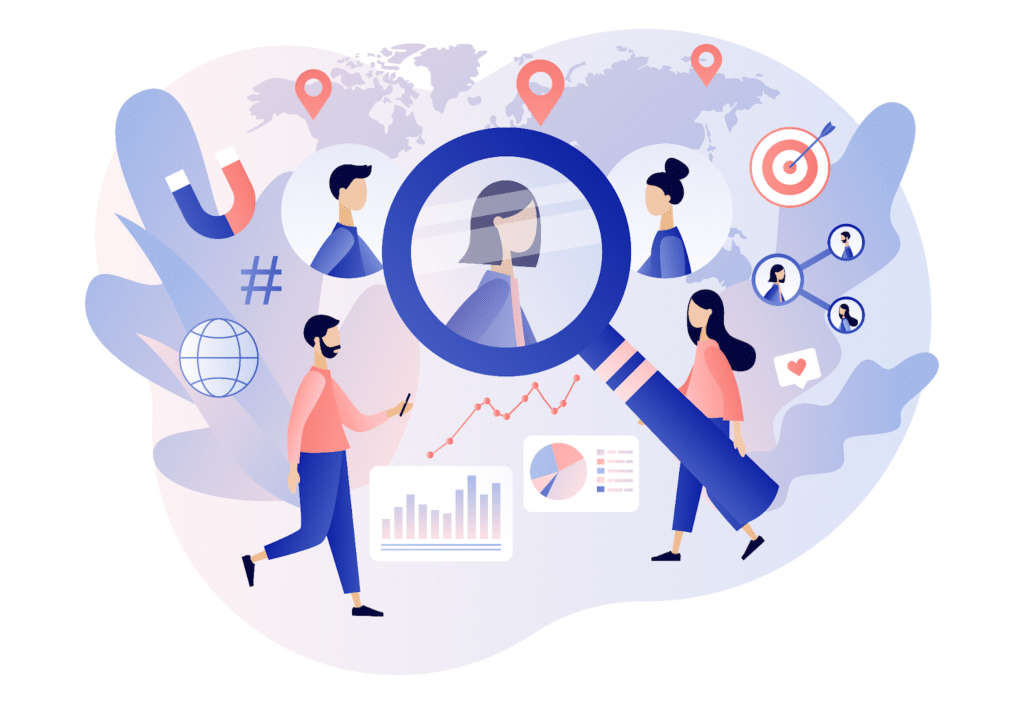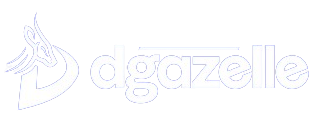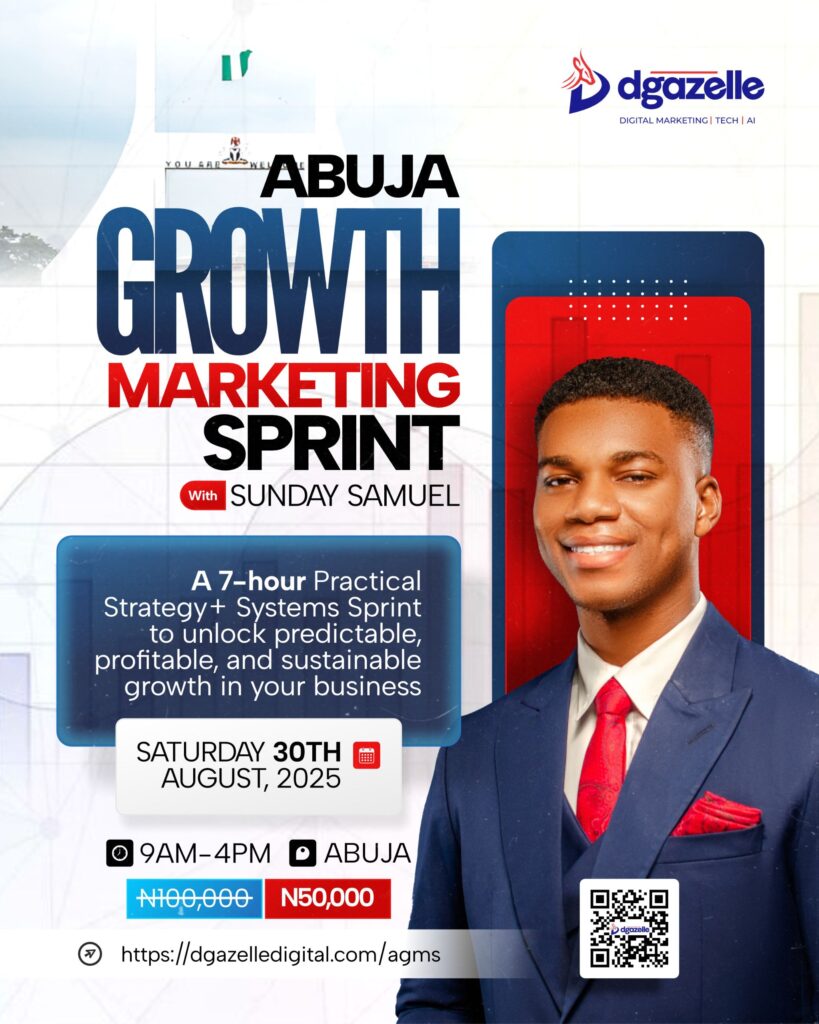Running a business in Nigeria is not for the fainthearted. From inconsistent power supply to handling stubborn staff and clients, to managing cash flow issues, the pressure on entrepreneurs is real. Many business owners start out with energy and passion, only to find themselves overwhelmed by endless tasks. The result is burnout, and a business that feels like a heavy burden instead of a wealth-building machine.
But here’s the truth: if your business is not structured and automated, you can’t scale sustainably. At best, you’ll hit a ceiling. At worst, you’ll collapse under the stress. The good news is that with the right structure and smart automation, you can build a business that grows beyond you, while you enjoy peace of mind.
In this article, I’ll break down step by step how to structure and automate your business so you can scale fast and reduce burnout. This is not theory. These are practical strategies Nigerian entrepreneurs can apply immediately.
Step 1: Build a Solid Business Structure First
Before you even think of automation, your business must have a proper foundation. Many entrepreneurs in Nigeria operate like hustlers — no defined processes, no documentation, no clear job roles. That’s why they can’t leave their shop for one day without things falling apart.
To structure your business:
1. Define Clear Roles and Responsibilities
Stop being the “chief everything officer.” List out all the key activities in your business — sales, marketing, operations, finance, customer service. Assign them to specific people or create job descriptions, even if you are still the one handling most of them for now. This makes it easy to delegate later.
2. Document Your Processes
Every successful scalable business runs on systems. Write down how you onboard customers, how you deliver products or services, how you handle complaints, how you pay vendors. Think of it like creating a playbook. This makes it easier to train staff and maintain consistency.
3. Separate Personal and Business Finances
A lot of entrepreneurs mix personal spending with business money. That’s the fastest way to kill growth. Open a dedicated business account. Pay yourself a salary. Track your expenses. When your finances are structured, scaling becomes possible.
Step 2: Identify Repetitive Tasks That Drain You
If you constantly feel drained, it’s because you’re spending energy on tasks that could be automated or delegated. Sit down with a pen and write out everything you do daily and weekly in your business. You’ll notice many repetitive tasks like:
Sending payment reminders
Following up with leads
Updating records
Responding to the same customer questions
Scheduling meetings
Inventory updates
These tasks are important but they don’t require your personal attention every time. Once you identify them, you’re ready for automation.
Step 3: Leverage Automation Tools to Save Time
Automation is not about replacing people with robots. It’s about using tools to handle repetitive processes so you can focus on high-value activities like strategy and growth. Here are areas every Nigerian business owner can automate today:
1. Marketing Automation
Instead of manually posting on social media, use tools like Buffer or Hootsuite to schedule posts ahead of time. For email marketing, platforms like Mailchimp or ConvertKit allow you to set up automated follow-up sequences. Imagine a system where once someone downloads your free guide or fills a form, they automatically receive nurturing emails without you lifting a finger.
2. Customer Relationship Management (CRM)
A good CRM helps you track leads, follow up automatically, and manage customers in one place. HubSpot and Zoho are popular options. Instead of carrying customer details in your head or WhatsApp chats, you’ll have a proper system.
3. Accounting and Payments
Use tools like QuickBooks or Wave for bookkeeping. In Nigeria, you can also set up automated payment systems using Paystack or Flutterwave so customers can pay online without stress. That reduces the headache of chasing payments manually.
4. Task Management
To avoid confusion with your team, use platforms like Trello, Asana, or ClickUp to assign and track tasks. This ensures everyone knows what to do without you micromanaging daily.
Step 4: Hire Smart and Delegate Properly
Automation is powerful, but people are still essential. If you want to scale, you must build a team. Many entrepreneurs delay hiring because they think it’s expensive, but the real expense is trying to do everything yourself.
Here’s the formula:
Start with virtual assistants for basic admin tasks.
Hire part-time or contract staff for specialized roles like social media or accounting.
Train employees using your documented processes so they can run the business even when you’re away.
Delegating doesn’t mean losing control. It means freeing up your time for high-level decisions like partnerships, expansion, and strategy.
Step 5: Use Data to Make Better Decisions
One reason entrepreneurs burn out is because they make decisions based on guesswork. If you don’t track your numbers, you’re running blind.
Some key metrics you should monitor:
Monthly revenue and expenses
Customer acquisition cost
Conversion rates from leads to customers
Average order value
Repeat purchase rate
When you automate data collection using your accounting software, CRM, or analytics tools, you can see trends clearly. This helps you know where to cut costs, where to invest more, and when to scale.
Step 6: Build a Scalable Mindset
Even with the right tools and team, scaling won’t happen unless you shift your mindset. Many Nigerian entrepreneurs are stuck in survival mode — always thinking short term, chasing quick profit, or afraid to let go of control. To truly scale:
Stop working in your business and start working on your business.
Focus on building systems, not just hustling for sales.
Invest in leadership skills so you can inspire and guide your team.
Take breaks. Rest is part of productivity. A burnt-out entrepreneur cannot build a thriving company.
Practical Example: A Boutique Owner in Lagos
Let’s make it real. Imagine a boutique owner in Lagos handling everything — buying stock, marketing on Instagram, taking orders on WhatsApp, delivering clothes, and managing cash. No wonder she’s stressed.
Here’s how she can scale with structure and automation:
Document her supply process and create a calendar for stock replenishment.
Use Paystack for payments instead of manual transfers.
Set up Instagram automation tools to schedule posts weekly.
Hire a delivery partner instead of doing it herself.
Use a CRM to track customer sizes, preferences, and purchase history.
Employ a shop assistant to handle walk-in customers.
With these changes, she reduces burnout, increases sales, and positions her business to expand into multiple branches or even an online store.
Final Thoughts
Scaling your business in Nigeria is not just about working harder. It’s about working smarter by putting the right structure in place and automating repetitive tasks. When you do this, you free up energy, reduce stress, and create room for exponential growth.
Remember this: structure is the foundation, automation is the fuel, and mindset is the driver. Get these three right and your business can grow beyond limits.
If you want professional help in structuring and automating your business for faster growth, Dgazelle Agency specializes in building high-converting systems that help entrepreneurs scale without burning out. Contact us today and let’s help you build a business that works for you, not the other way around.









